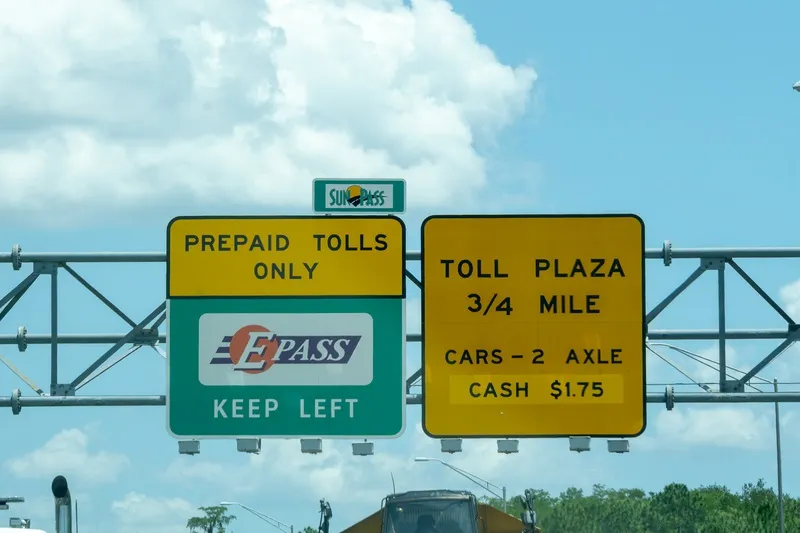Royal
The company has reported significant debt reduction and a fully underwritten rights issue of US$791 million. Revenue in the second quarter was US$1.2 billion, with an EBITDA loss in the same period of US$18.4 million. Order intake in the second quarter was US$1.24 billion.
In addition, Imtech has reached agreement with Vinci SA on the sale of the Imtech ICT division at an enterprise value of US$336 million. The agreement is subject to competition clearance and customary closing conditions, and is expected to close well before the end of the year. The net proceeds of the transaction will be used for increased liquidity of the Group and debt reduction.
Gerard van de Aas said: "Today's announcement is a decisive step forward for the company. The sale of the ICT division combined with a fully underwritten rights issue and significant changes in the financial agreements, such as a step-down in pricing and increased liquidity, will significantly reduce debt and improve the financial structure. The support from all our financiers and in particular from ING, Rabobank, Commerzbank and ABN Amro is a strong signal of confidence in the company. The first half of 2014 has been difficult for the company due to market conditions and the uncertainty around our financial position. Management and employees can now focus fully on improvement of operational results and the completion of the turnaround programme."
Royal Imtech results ‘a decisive step’
Royal Imtech has published its second quarter and half year 2014 results, taking what the CEO, Gerard van de Aast says is “a decisive step in Imtech's financial recovery”.
The company has reported significant debt reduction and a fully underwritten rights issue of US$791 million. Revenue in the second quarter was US$1.2 billion, with an EBITDA loss in the same period of US$18.4 million. Order intake in the second quarter was US$1.24 billion.
In addition, Imtech has reached agreement with Vinci SA on
August 26, 2014
Read time: 2 mins










